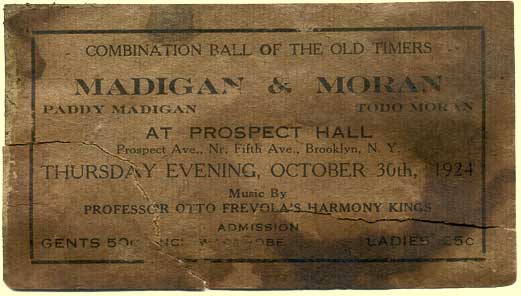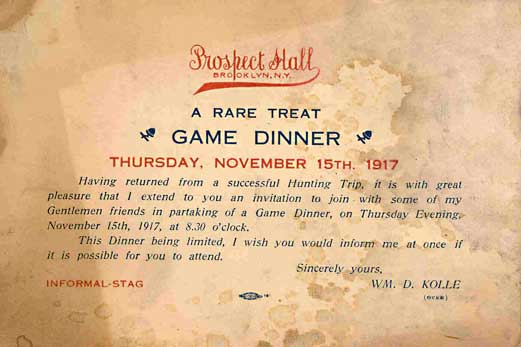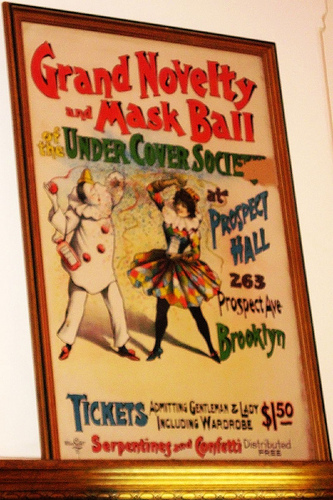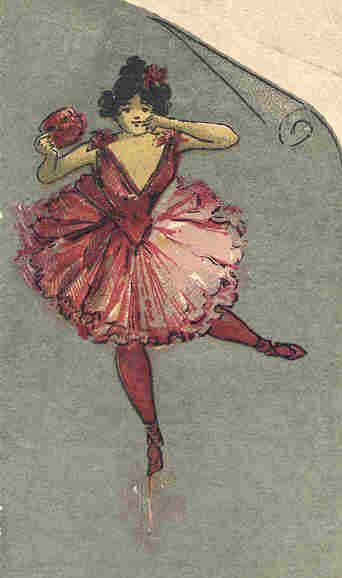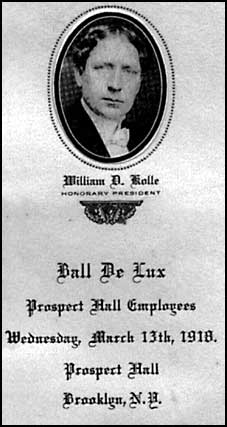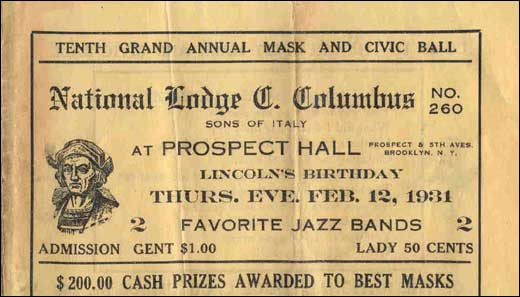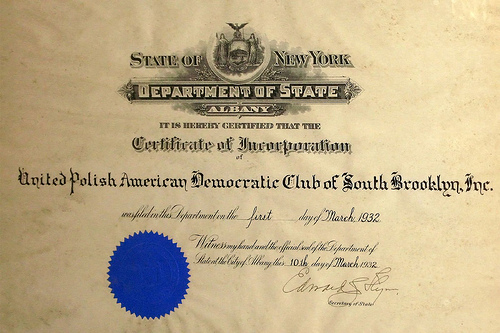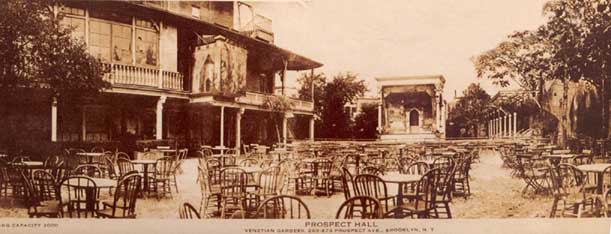Our History
↓
Our History
A palace of dreams since 1892
Near the end of the 19th century Brooklyn was still a new frontier and the fastest growing city in America. Frederick Olmsted, designer of Central Park, had recently completed his most beloved project, Brooklyn’s Prospect Park. The west border of the vast green space was where the wealthy, fashionable, and powerful chose to build their elaborate Victorian mansions. The area was named Park Slope, for its gentle hill that tilted down to New York Bay. Known as Brooklyn’s “gold coast,” Park Slope was inhabited by German and English industrial-era barons, moguls, merchants and traders, who created a lavish society. They spared no expense pursuing luxury–in fashion, architecture, and entertainment. It was the age of opulence.
It was also a time of sweeping changes in America. Immigrants streamed into rapidly swelling urban areas in search of their fortunes. Industrialization created opportunity, and more leisure time and income, for all walks of life. This was the golden age of Coney Island’s meteoric rise. The amusement park’s popularity crested in an outrageous display of rides, vaudeville, lights, and laughter. Shedding the shackles of Victorian strictures, society on all levels exploded in exuberance, gaiety, and celebration. And just as the common people had their playground in Coney Island, so the rich needed one to call their own. Enter Grand Prospect Hall.
Local entrepreneur John Kolle built this “temple of music and amusement” in 1892. He had the unstinting support of politicians, businessmen, religious leaders and masons who wanted a social, cultural, and political mecca for Brooklyn. Money was no object for Kolle. He wished to create a palatial French Renaissance hall echoing the lavish embellishments of Versailles–all 140,000 square feet and four magnificent stories. Grand Prospect Hall was to be the crown jewel of the country, an elegant reflection of the community’s prosperity. It was to equal the regal beauty of the Brooklyn Museum, the Brooklyn Botanic Garden, the Brooklyn Academy of Music and the Grand Army Plaza and further embellish the great, young city.
To this end, Kolle hired a young and spectacularly talented architect, Ulrich J. Huberty, creator of Prospect Park’s renowned Boathouse, Tennis House, and Litchfield Villa. Huberty set out to exceed Kolle’s European vision of a monument fit for a kaiser. The ornate marble and granite lobby; the rich oak and mahogany paneling; the stained glass artistry; the dazzling mammoth crystal chandeliers; and the massive ballroom and opera house–these were only the obvious King Midas touches. Grand Prospect Hall also boasted the first “French birdcage” elevator, the highest roof garden, and the first electrified commercial building in Brooklyn. (A large crowd gathered to witness the initial lighting.)
Prospect Hall was the place for the prominent to parade, celebrate and party. Men in their top hats and tails, women in their jewels and Parisian gowns flocked to the hall by carriage and car to hear presidential candidate William Jennings Bryan orate and opera great Enrico Caruso perform. On balmy evenings, the elite gathered in the Venetian gardens to watch high-class vaudeville and motion pictures–society’s tony answer to Coney Island’s antics. The performances were of such high caliber that silent film star Sophie Tucker graced a 1910 program. Newspaper articles from the era shower Kolle with praise for his service and attention to guests’ needs, as well as touting the decor and entertainment.
Masquerade and fancy balls were also popular sport. A poster for the Undercover Society’s Grand Novelty and Mask Ball offers costumes for two and serpentine and confetti favors with the $1.50 ticket purchase. (Once an unfortunate guest dressed as a snowman was set afire by an errant cigar spark just as he accepted his costume prize. The excitement caused a small stampede, but revelry resumed after the flames were quelled.)
Grand Prospect Hall continued to attract both the famous and infamous throughout the 20th century. Al Capone frequented the hall’s speakeasy (peephole included) during Prohibition. He reportedly received the facial wound that earned his “Scarface” nickname during a scrap there. Not a complete thug, Capone was also an ardent operatic fan and had a balcony box in the ballroom. Later, Lena Horne would get her teenaged start singing at the opera house. Other visiting luminaries included Mae West, Sonja Henie, Bob Hope, Ginger Rogers and Fred Astaire.
Always a movie set magnet, the hall was home to The Crescent Motion Picture Company in 1908 until legal pressure from competitor Thomas Edison forced its closing. In recent years, Gregory Hines tap-danced up and down the grand marble staircase and along the birds-eye maple parquet floors in Frances Ford Coppola’s Cotton Club. Jack Nicholson eyed Angelica Huston in her balcony perch and waltzed with Kathleen Turner in John Huston’s Prizzi’s Honor. American Express have filmed commercials at the hall, featuring bridal couturier Vera Wang. Vogue and top photographer Steven Meisel created a lavish masquerade ball fashion spread, and Life magazine shot ten pages of ballroom dancing. Music video productions include Foxy Brown, Eve with the Ruff Ryders, Cyndi Lauper, and Anthrax.
Today, the refurbished Grand Prospect Hall is even more elegant and lovely than its auspicious beginnings. Gold leaf, granite and marble still grace the interiors. Lavish antiques and classical oil paintings in heavy gilt frames adorn the many ballrooms. Brass and marble statues and the original stain glass and murals continue to grace the stunning interiors. Gaily colored ceilings and vivid garlands of floral moldings reflect the celebratory glamour that pervades this Brooklyn palace of social expression. Now a national historic landmark, the hall remains a living heritage for all the people representing the American ethnic melting pot. Everyone who enters the extravagant lobby and spectacular spaces feels taller, more important, grander. Although the gold-coast lifestyle ended years back, the age of opulence lives on at The Grand Prospect Hall.


